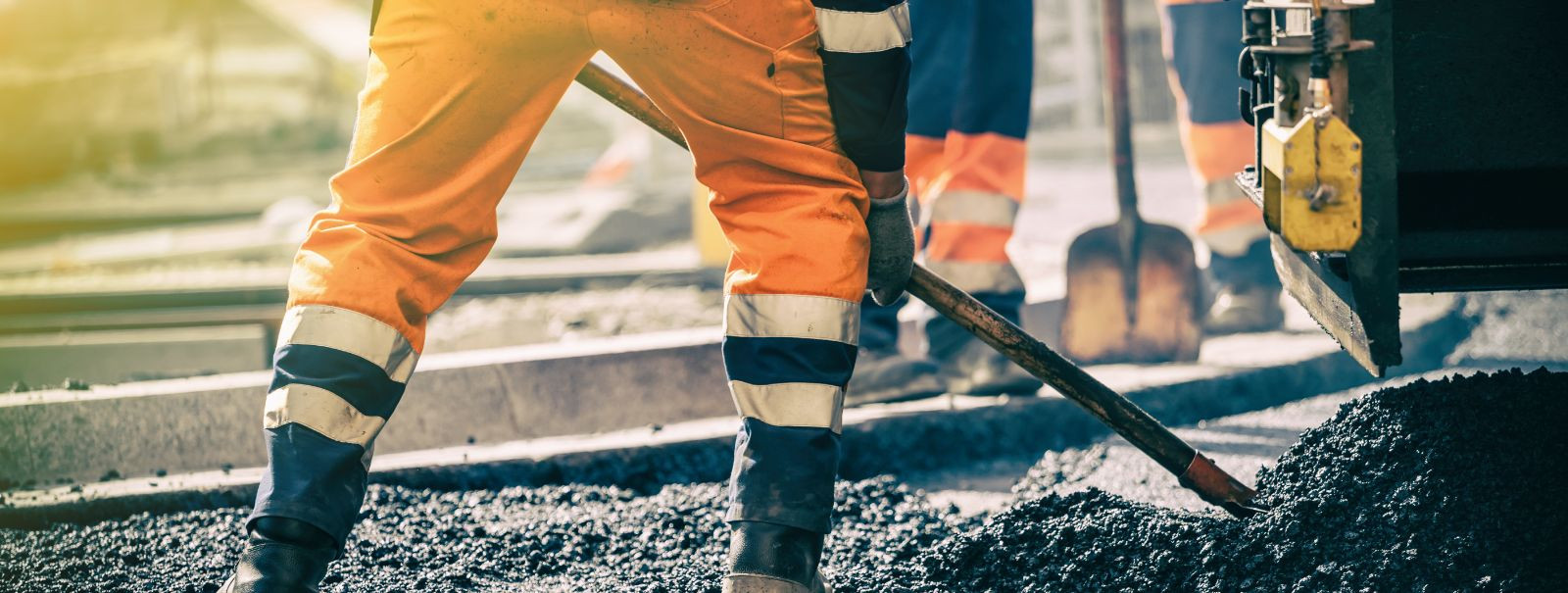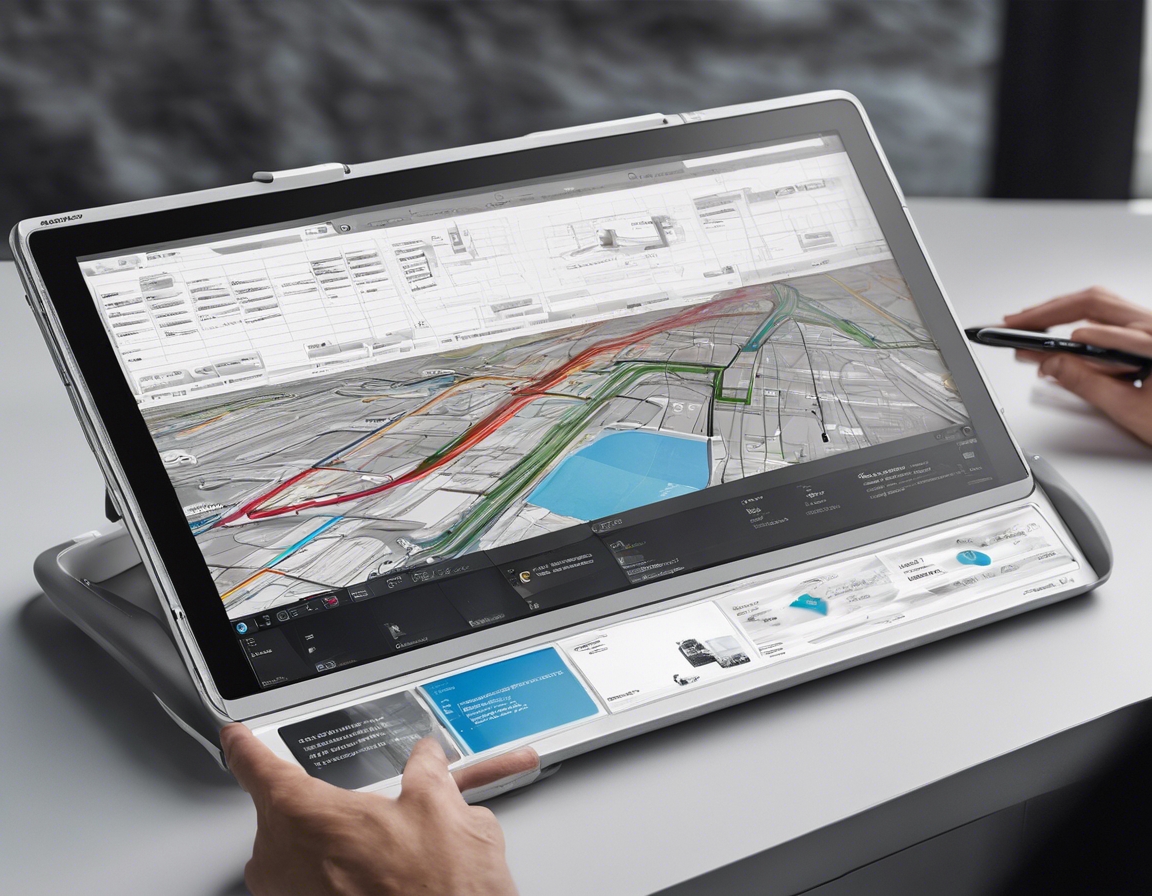5 ways automation is changing road construction
The advent of automation in road construction is revolutionizing the industry, offering unprecedented levels of efficiency, safety, and quality. As we delve into the ways automation is reshaping road construction, it's clear that the future of infrastructure development is here.
1. Automated Machine Guidance (AMG)
Automated Machine Guidance systems utilize GPS and other positioning technologies to direct construction machinery with precision. This technology ensures that roads are built to exact specifications with minimal human error, increasing overall efficiency.
AMG also contributes to significant reductions in material wastage. By providing precise instructions to machinery, materials are used more efficiently, leading to cost savings and a reduced environmental impact.
2. Drones and Aerial Surveillance
Drones equipped with cameras and sensors provide a bird's-eye view of construction sites, enabling real-time monitoring and data collection. This information is vital for project management, allowing for timely adjustments and better resource allocation.
The use of drones enhances safety by reducing the need for human presence in dangerous areas. Inspections can be carried out more frequently and thoroughly, ensuring that safety standards are consistently met throughout the construction process.
3. Autonomous Heavy Equipment
Autonomous heavy equipment, such as self-driving bulldozers and excavators, improve operator safety by removing the need for human operators to be in the cab in hazardous conditions. This also leads to improved comfort for operators who can manage equipment remotely.
With autonomous equipment, road construction can continue around the clock without the limitations of human work schedules. This increases productivity and can significantly shorten project timelines.
4. Intelligent Traffic Management Systems
Intelligent Traffic Management Systems (ITMS) use sensors and AI to manage traffic flow around construction sites. This minimizes disruptions and keeps traffic moving smoothly, which is essential in urban areas where road construction can cause significant congestion.
ITMS provide real-time data that can be used to make informed decisions about construction processes and traffic management, ensuring that projects are completed with minimal impact on the surrounding community.
5. Advanced Materials and 3D Printing
New materials, such as self-healing concrete and asphalt, are being developed with the help of automation. These materials promise to extend the lifespan of roads and reduce maintenance costs.
3D printing technology is beginning to be used in road construction for creating complex components and even entire road sections. This method offers speed and precision, potentially transforming the way repairs and construction are approached.






Comments (0)